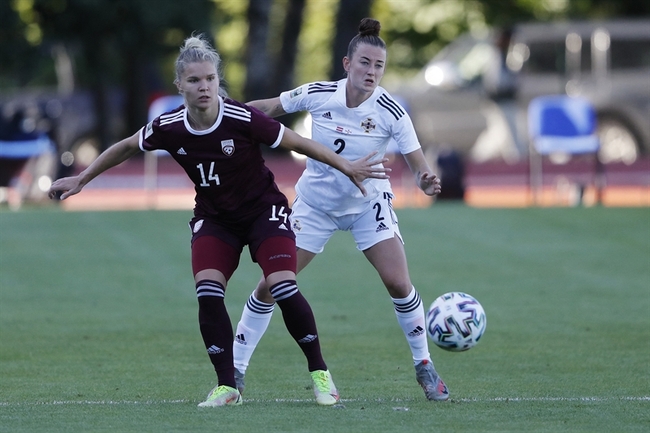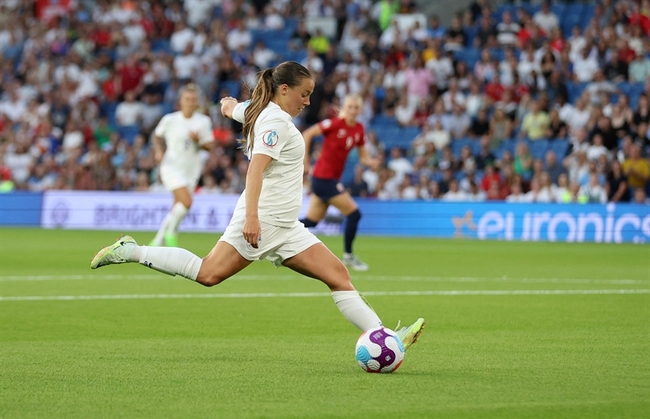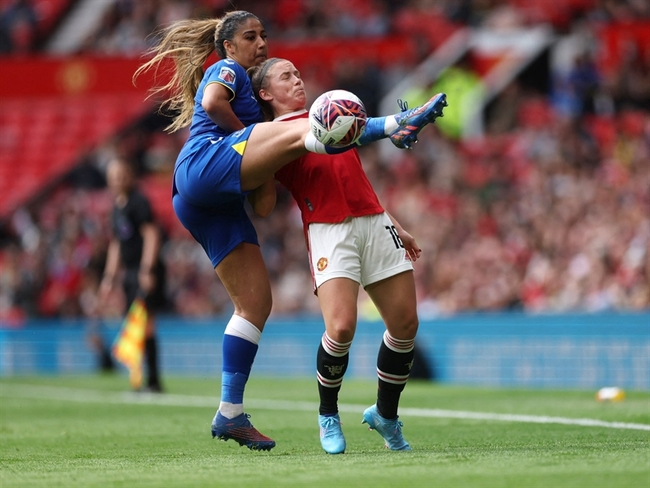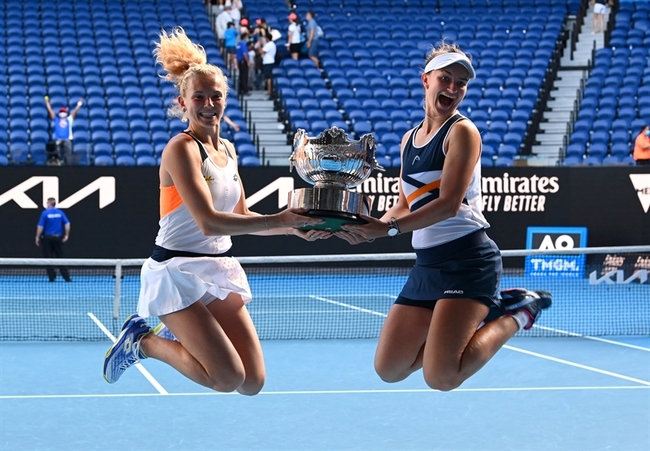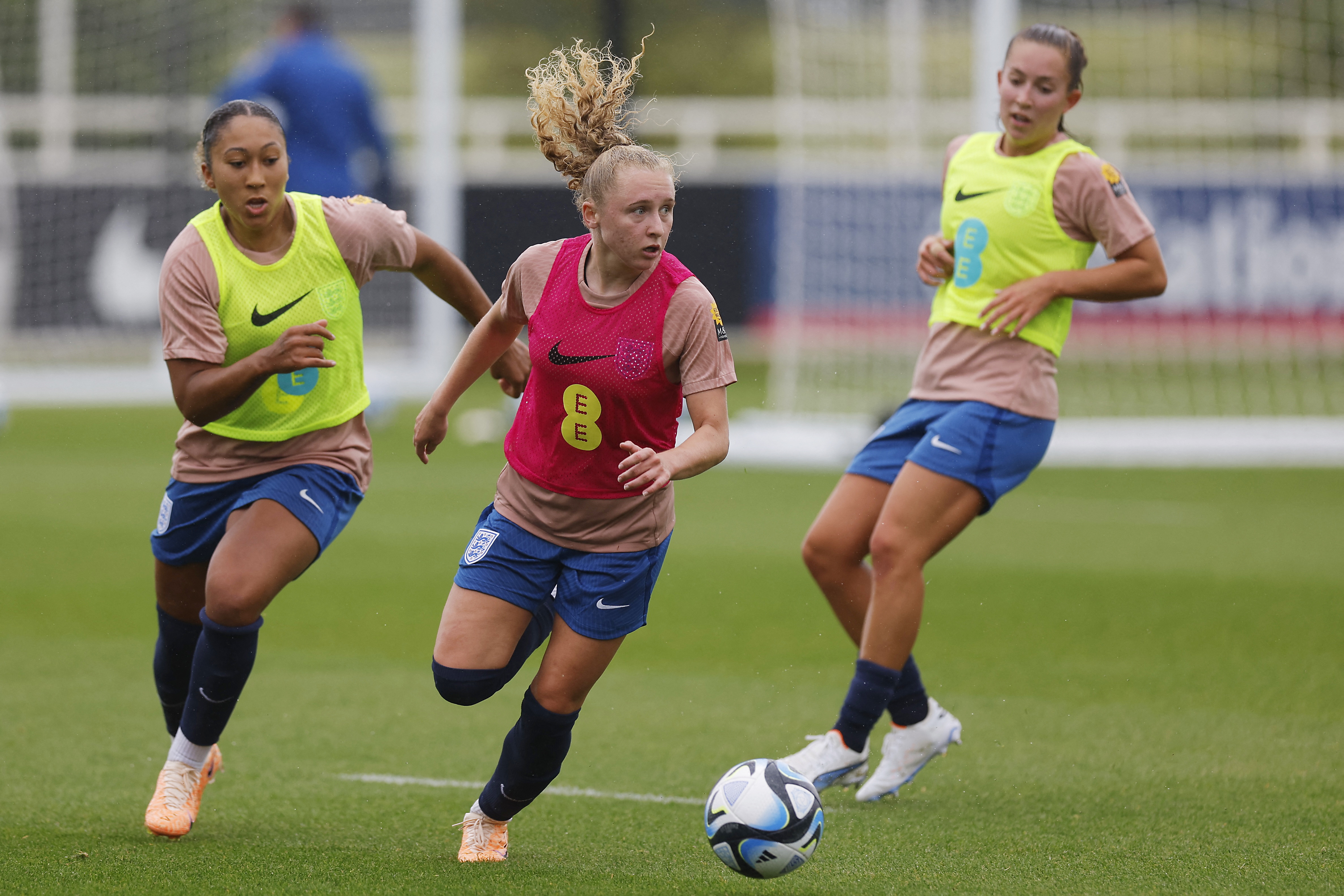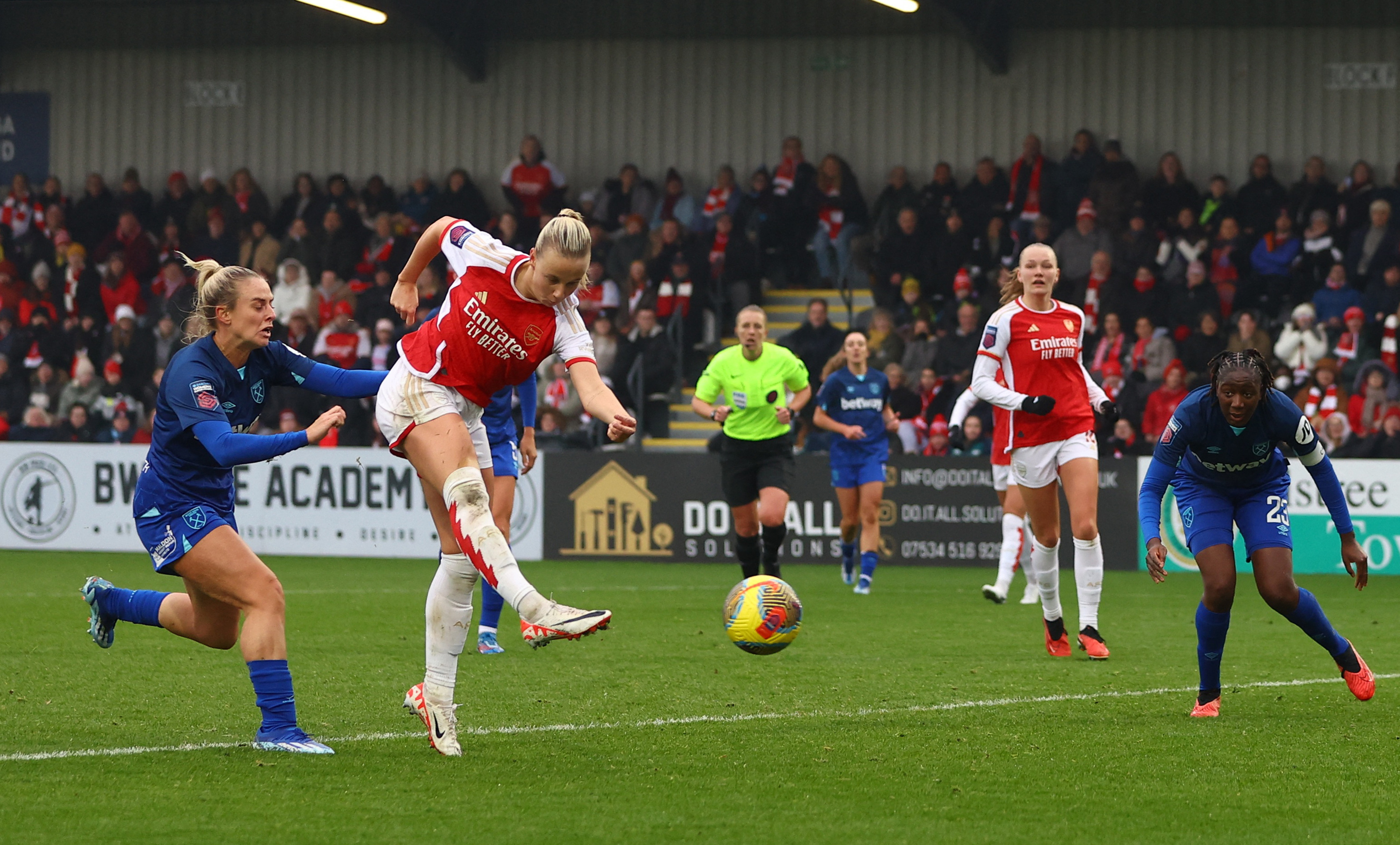You are viewing 1 of your 1 free articles
Representation in sports research: are girls just one of the boys?

The inauguration of the United States’ first female vice president marks another example of the windows of opportunity opening to women in all aspects of society. One hallmark moment for female athletes was Title IX’s inclusion as part of the Education Amendments passed in the US in 1972. This amendment prohibited discrimination on the basis of sex or gender within the federally funded school systems. While this ruling pertained to sexual harassment and violence, it also supported the equal allocation of funding to all student programs – including athletics. In other words, female athletes should have the same available resources as males in sports.
Despite advances in sports participation, sports scientists from New South Wales highlight an area where women still lack equal representation: sports science(1). They cite a 2014 study that identified a female inclusion rate in sport’s research of 39%(1). In their current field of study, cell-free DNA (cfDNA), they also note an absence of female representation.
Cell-free DNA is a new and budding field of research that examines the free DNA circulating in the bloodstream. This DNA is released from dying cells and is a strong indicator of inflammation. Interestingly, exercise affects the levels of cfDNA, with higher levels detected after bouts of acute exercise. The Welch researchers analyzed the current literature on the topic and found that males were represented in the literature five times more often than females.
Researchers often cite hormonal fluctuations as a reason for excluding women from studies. However, there’s no evidence to support the assertion that hormones affect the outcomes of most sports-related investigations(1). There are, however, other sex-specific factors that may cause women to respond differently than men. These include perfusion rate, time to fatigue, recovery outcomes, and response to resistance training(1). These differences mean that the information obtained through the study of men can't be universally applied to women.
Practical implications
Why does it matter that females are underrepresented in sports science? Because science doesn’t exist in a vacuum. This publication’s mission is to help clinicians apply science to their treatment strategies to benefit injured athletes. If one can assume that nearly half of injured athletes are women, then it seems a failure of the entire industry only to know how interventions affect men.This year also marked the first time a woman played in a Power 5 college football conference game. Therefore, inclusion in research should go beyond ‘female related’ sports issues. Women should be equally represented in all aspects of sports science. Only then will practitioners have the information they need to provide truly equal treatment.
References
- Sports Med(2021). doi.org/10.1007/s40279-020-01405-6
Newsletter Sign Up
Subscriber Testimonials
Dr. Alexandra Fandetti-Robin, Back & Body Chiropractic
Elspeth Cowell MSCh DpodM SRCh HCPC reg
William Hunter, Nuffield Health
Newsletter Sign Up
Coaches Testimonials
Dr. Alexandra Fandetti-Robin, Back & Body Chiropractic
Elspeth Cowell MSCh DpodM SRCh HCPC reg
William Hunter, Nuffield Health
Be at the leading edge of sports injury management
Our international team of qualified experts (see above) spend hours poring over scores of technical journals and medical papers that even the most interested professionals don't have time to read.
For 17 years, we've helped hard-working physiotherapists and sports professionals like you, overwhelmed by the vast amount of new research, bring science to their treatment. Sports Injury Bulletin is the ideal resource for practitioners too busy to cull through all the monthly journals to find meaningful and applicable studies.
*includes 3 coaching manuals
Get Inspired
All the latest techniques and approaches
Sports Injury Bulletin brings together a worldwide panel of experts – including physiotherapists, doctors, researchers and sports scientists. Together we deliver everything you need to help your clients avoid – or recover as quickly as possible from – injuries.
We strip away the scientific jargon and deliver you easy-to-follow training exercises, nutrition tips, psychological strategies and recovery programmes and exercises in plain English.



